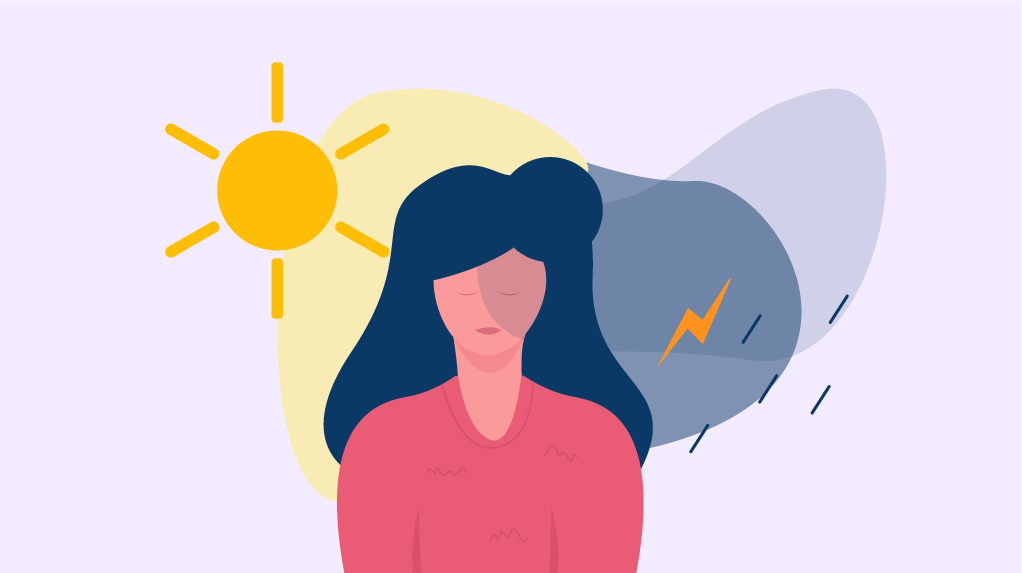Seasonal Affective Disorder (SAD) is a type of depression that is related to changes in seasons, particularly occurring during fall and winter when there is less sunlight. The decrease in sunlight can disrupt your body’s internal clock (circadian rhythm) and lead to changes in serotonin and melatonin levels, which can affect mood and sleep.
Who is at risk for SAD?
SAD usually starts during adulthood. The risk of SAD increases with age. It’s rare in people under age 20. Women are affected more often than men.
What causes SAD?
Less sunlight and shorter days are thought to be linked to a chemical change in the brain and may be part of the cause of SAD.
Melatonin, a sleep-related hormone, also has been linked to SAD. The body naturally makes more melatonin when it’s dark. So, when the days are shorter and darker, more melatonin is made.
What are the symptoms of SAD?
Here are some aspects in more detail regarding Seasonal Affective Disorder:
- Symptoms: Symptoms of SAD are similar to those of major depressive disorder and may include feelings of sadness, hopelessness, or worthlessness, changes in appetite or weight, decreased energy, difficulty concentrating, irritability, social withdrawal, oversleeping, and in some cases, thoughts of self-harm or suicide.
- Causes: The exact cause of SAD is not fully understood, but reduced exposure to sunlight during the shorter days of fall and winter is believed to be a significant factor. This decrease in sunlight can disrupt the body’s internal clock and lead to changes in neurotransmitter levels, affecting mood and sleep patterns.
- Risk Factors: Certain factors may increase the risk of developing SAD, including family history (genetics), having major depression or bipolar disorder, living far from the equator where daylight hours are shorter in the winter, and being female (though men can also experience SAD).
- Diagnosis: A healthcare professional, typically a doctor or mental health professional, will diagnose SAD based on a thorough evaluation of symptoms, ruling out other potential causes, and looking for a pattern of depressive symptoms that occur seasonally.
- Treatment Options: Treatment for SAD may include a combination of approaches:
- Light Therapy (Phototherapy): Exposing oneself to a bright light that mimics natural sunlight for a specific amount of time each day can help alleviate symptoms. This light box emits a specific type of light that helps regulate the body’s internal clock.
- Psychotherapy (Counseling): Talking with a therapist can help manage symptoms, learn coping strategies, and address negative thoughts and behaviors associated with SAD.
- Medications: In some cases, antidepressant medications, particularly those that increase serotonin levels, may be prescribed to alleviate symptoms.
- Lifestyle Changes: Engaging in regular exercise, maintaining a healthy diet, managing stress, ensuring adequate exposure to natural light, and practicing good sleep hygiene can also help alleviate symptoms.
- Prevention: While it may not always be possible to prevent SAD, some lifestyle measures, such as regular exercise, maintaining a healthy diet, managing stress, and getting exposure to natural sunlight, may help reduce the risk or severity of symptoms.
If you suspect you may have SAD or are experiencing symptoms of depression, it’s important to seek guidance and support from a healthcare professional for an accurate diagnosis and appropriate treatment plan.


